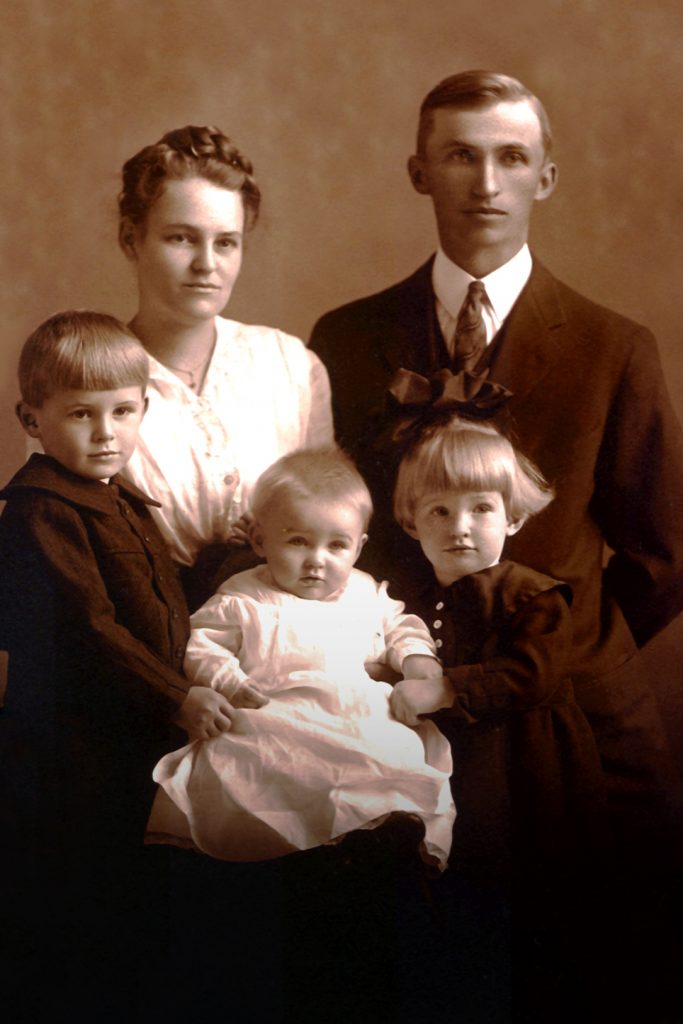
By Jamie O’Brien
It should come as no surprise that it was Pope Francis who said, in his letter for the 8th World Meeting of Families in 2015, that the mission of the Christian family, today as yesterday, is that of proclaiming to the world, by the power of the Sacrament of Marriage, the love of God.
The Holy Father went on to say that from this very proclamation a ‘living’ family is born and built, one which sets the heart of love at the centre of its human and spiritual dynamism.
So, the question begs, what do families and marriage look like in today’s modern context?
For Australia, marriage and family carry very diverse meanings among the many groups and cultures. While the two institutions have historically been linked, it is obvious from recent statistics that their connection is becoming increasingly complex.
According to the Australian census conducted in 2011 by the Australian Bureau of Statistics (ABS), there was a total of 5,584,000 families. These families consisted of couples without children (37.8 per cent), couples with dependent children (36.7 per cent), one parent families with dependent children (10.6 per cent), couples with non-dependent children only (7.9 per cent) and one-parent families with non-dependent children only (5.3 per cent).
This great diversity in family structure and dynamic has not been ignored by the Church – worldwide and across Australia. A Pastoral Letter, issued by the Bishops of Victoria in March 2012, explained that the Church firmly believes that marriage is founded on the wonderful fact of sexual difference and its potential for new life.
Without this there would be no human beings and no future. Bringing new human life into the world is founded on the loving union in difference of male and female. Children are best nurtured by a mother and father.
This reference to the complementarity of man and woman was further strengthened by Pope Francis, who in his address for the International Colloquium on the complementarity between man and woman on 17 November 2014, insisted that leaders concerned about children and the long-term health of civil society must “promote the fundamental pillars that govern a nation…The family is the foundation of co-existence and a remedy against social fragmentation.”
Sponsored by the Congregation for the Doctrine for Faith, the Colloquium was attended by some 350 people, including theologians, social scientists, psychologists, marriage counsellors, family lawyers, media experts, ministers, and pastors from 14 different faith traditions and 23 countries.
“It is fitting,” the Holy Father said, “that you have gathered here in this international colloquium to explore the theme of the complementarity between man and woman.
“In effect, this complementarity lies at the foundation of marriage and the family, which is the first school where we learn to appreciate our talents and those of others, and where we begin to acquire the art of living together.
The family, continued the Holy Father, is the principal place in which we begin to “breathe” values and ideals, as we develop our full capacity for virtue and charity.
“At the same time, as we know, in families tensions arise: between egoism and altruism, between reason and passion, between immediate desires and long-term goals, and so on.
“But families also provide the environment in which these tensions are resolved: this is important. When we speak of complementarity between man and woman in this context, we must not confuse the term with the simplistic idea that all the roles and relationships of both sexes are confined to a single and static model.
“Complementarity assumes many forms, since every man and every woman brings their personal contribution — personal richness, their own charisma — to the marriage and to the upbringing of their children. Thus, complementarity becomes a great treasure. It is not only an asset but is also a thing of beauty.”
This discussion of family and the complementarity of man and woman has now been further reinforced with the release of Pope Francis’ Apostolic Exhortation, Amoris Laetitia – The Joy of Love.
Speaking on the release of Amoris Laetitia, Archbishop Timothy Costelloe said that Pope Francis has encouraged the whole Catholic community to recognise the beauty of human love, especially as it is embodied in marriage and in the family.
“The Pope recognises with great clarity the complex situation facing the family today. He sets out the importance of the institution of marriage for the well-being of children, and the relationship between Christian marriage and the faithful love which binds the Church to Christ,” the Archbishop said.
“The task ahead of the Catholic community in the Archdiocese of Perth is to carefully read, reflect on, and discern how we in our local situation can implement the challenges contained in this remarkable document.
*Source
Australian Institute of Family Studies. 2015.
From page 8 and 9 from Issue 2: ‘Family: What does it mean in 2016?’ of The Record Magazine